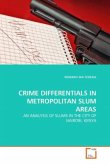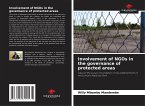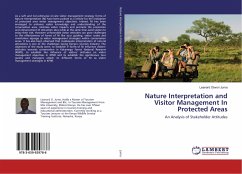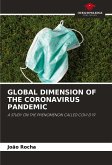Heavily urbanised areas often face severe flooding incidences due to increased urbanisation and lack of permeable surfaces. A range of stormwater management practices are used in urban areas depending on several factors such as the presence or lack of open and green spaces, the geomorphology of the area, and the perceptions of professionals and the public as to what forms the most appropriate stormwater management practice for the area under consideration. This book provides an assessment of the social dimension of sustainable urban drainage systems (SUDS), which as a component of sustainable construction, is gaining ground within new planning concepts and are likely to form part of widely used public open spaces, and river management options, thus river restoration techniques in contrast to traditional river culverting approaches. The outcomes of this work are of use to policy makers, water companies, local authorities, environment agencies, planners, developers, consultants active in urban development, and researchers in applying wider-accepted practices for the assessment of perceptions in support of engaging into publically acceptable sustainable stormwater practices.







